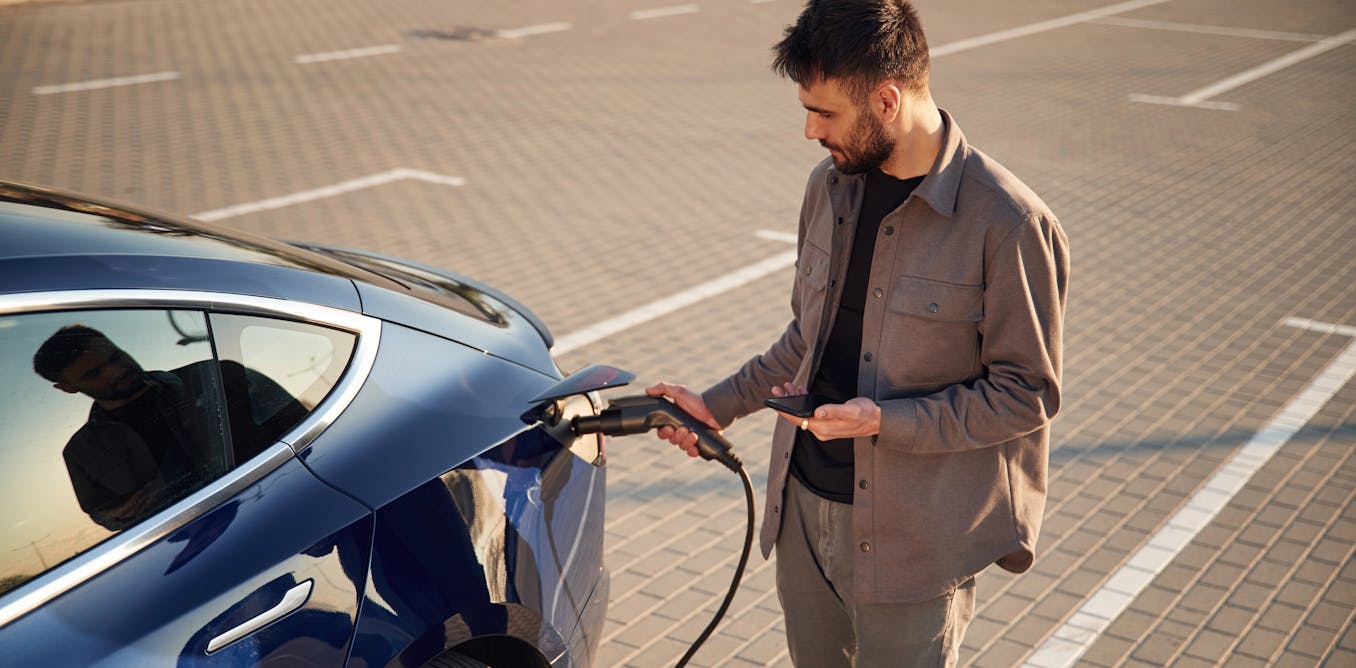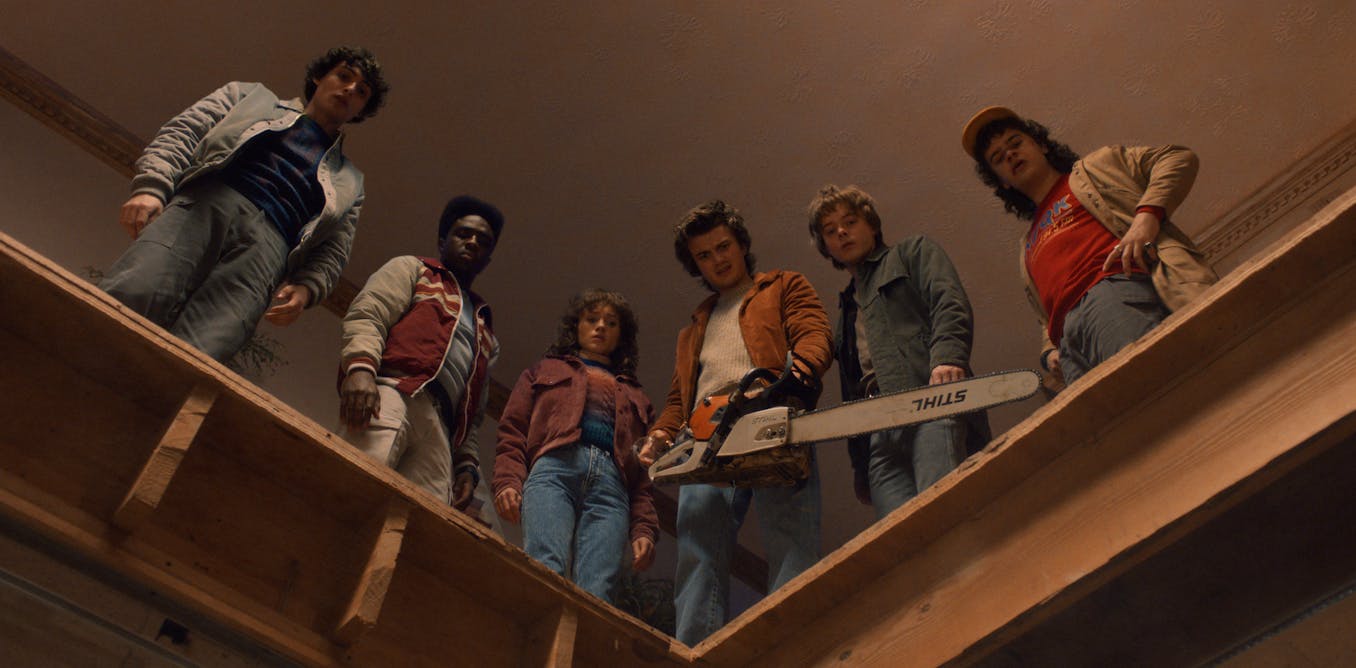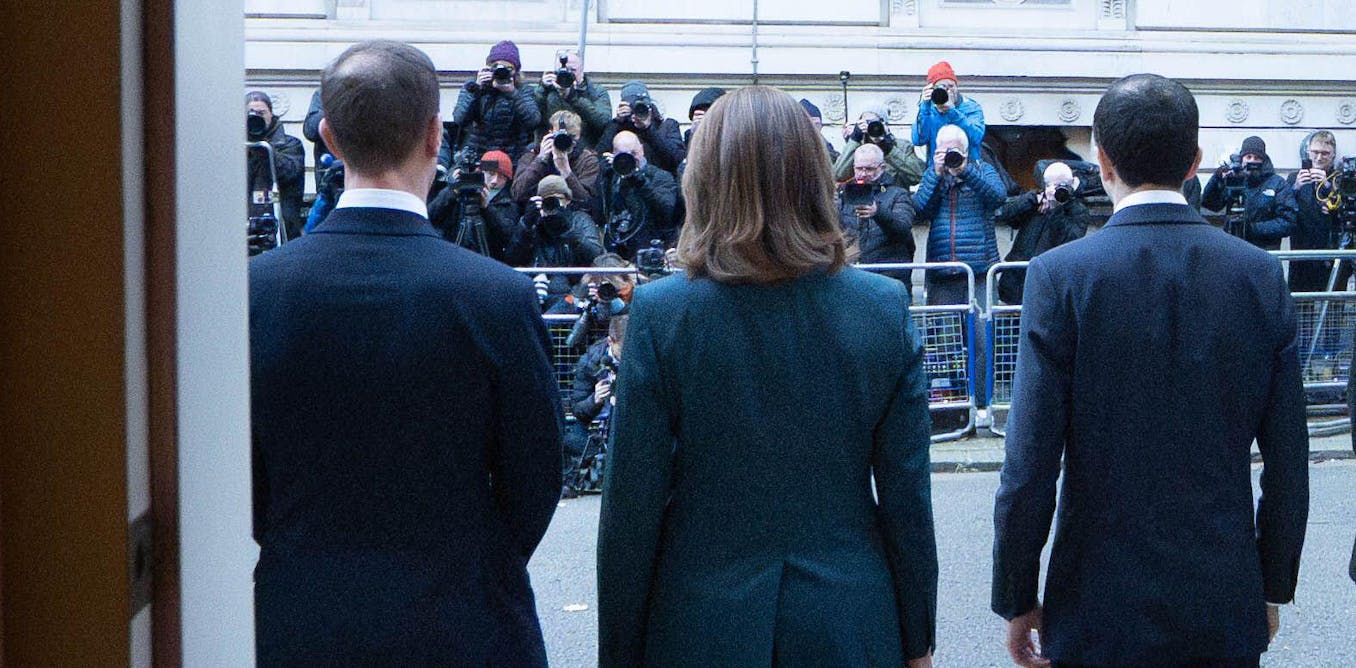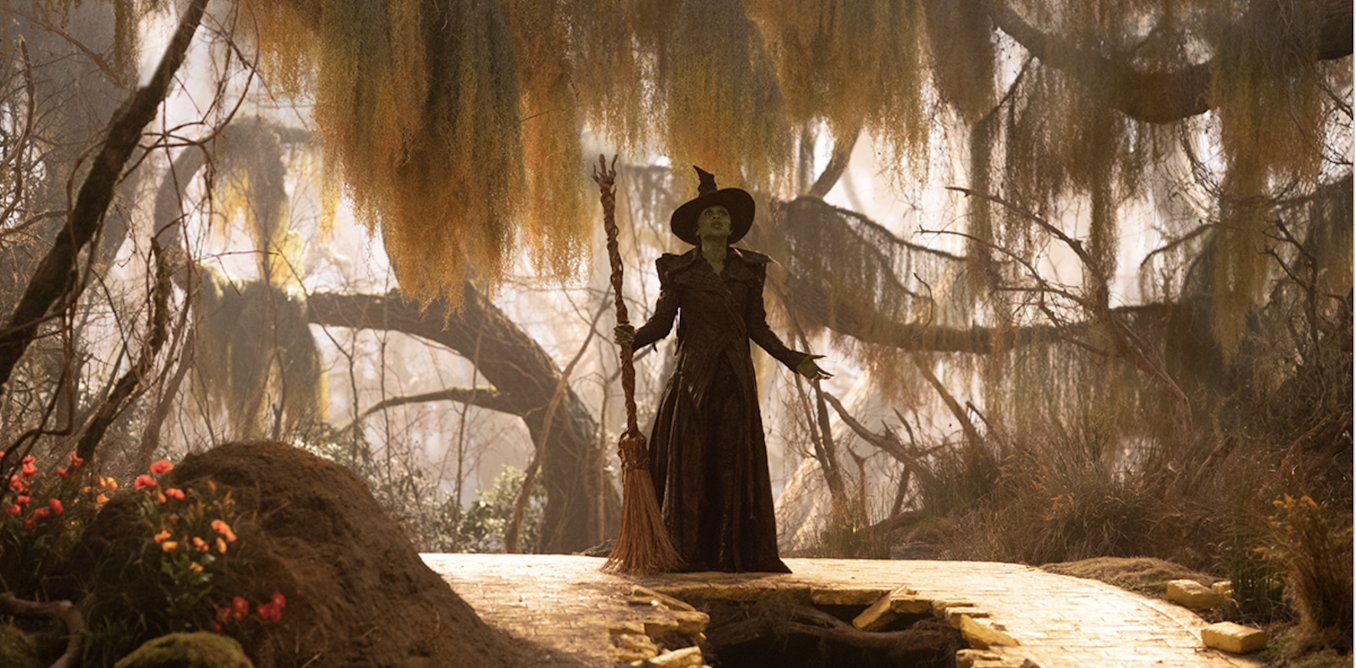Video Friday is your weekly selection of awesome robotics videos, collected by your friends at IEEE Spectrum robotics. We also post a weekly calendar of upcoming robotics events for the next few months. Please
send us your events for inclusion.
RoboCup 2024: 17–22 July 2024, EINDHOVEN, NETHERLANDS
ICSR 2024: 23–26 October 2024, ODENSE, DENMARK
Cybathlon 2024: 25–27 October 2024, ZURICH, SWITZERLAND
Enjoy today’s videos!
NAVER 1784 is the world’s largest robotics testbed. The Starbucks on the second floor of 1784 is the world’s most unique Starbucks, with more than 100 service robots called “Rookie” delivering Starbucks drinks to meeting rooms and private seats, and various experiments with a dual-arm robot.
[
Naver ]
If you’re gonna take a robot dog with you on a hike, the least it could do is carry your backpack for you.
[
Deep Robotics ]
Obligatory reminder that phrases like “no teleoperation” without any additional context can mean many different things.
[
Astribot ]
This video is presented at the ICRA 2024 conference and summarizes recent results of our Learning AI for Dextrous Manipulation Lab. It demonstrates how our learning AI methods allowed for breakthroughs in dextrous manipulation with the mobile humanoid robot DLR Agile Justin. Although the core of the mechatronic hardware is almost 20 years old, only the advent of learning AI methods enabled a level of dexterity, flexibility and autonomy coming close to human capabilities.
[
TUM ]
Thanks Berthold!
Hands of blue? Not a good look.
[
Synaptic ]
With all the humanoid stuff going on, there really should be more emphasis on intentional contact—humans lean and balance on things all the time, and robots should too!
[
Inria ]
LimX Dynamics W1 is now more than a wheeled quadruped. By evolving into a biped robot, W1 maneuvers slickly on two legs in different ways: non-stop 360° rotation, upright free gliding, slick maneuvering, random collision and self-recovery, and step walking.
[
LimX Dynamics ]
Animal brains use less data and energy compared to current deep neural networks running on Graphics Processing Units (GPUs). This makes it hard to develop tiny autonomous drones, which are too small and light for heavy hardware and big batteries. Recently, the emergence of neuromorphic processors that mimic how brains function has made it possible for researchers from Delft University of Technology to develop a drone that uses neuromorphic vision and control for autonomous flight.
Read full article: Robot Videos: Starbucks Robots, AI Humanoids, Neuromorphic Drones

The post “Robot Videos: Starbucks Robots, AI Humanoids, Neuromorphic Drones” by Erico Guizzo was published on 05/24/2024 by spectrum.ieee.org




































